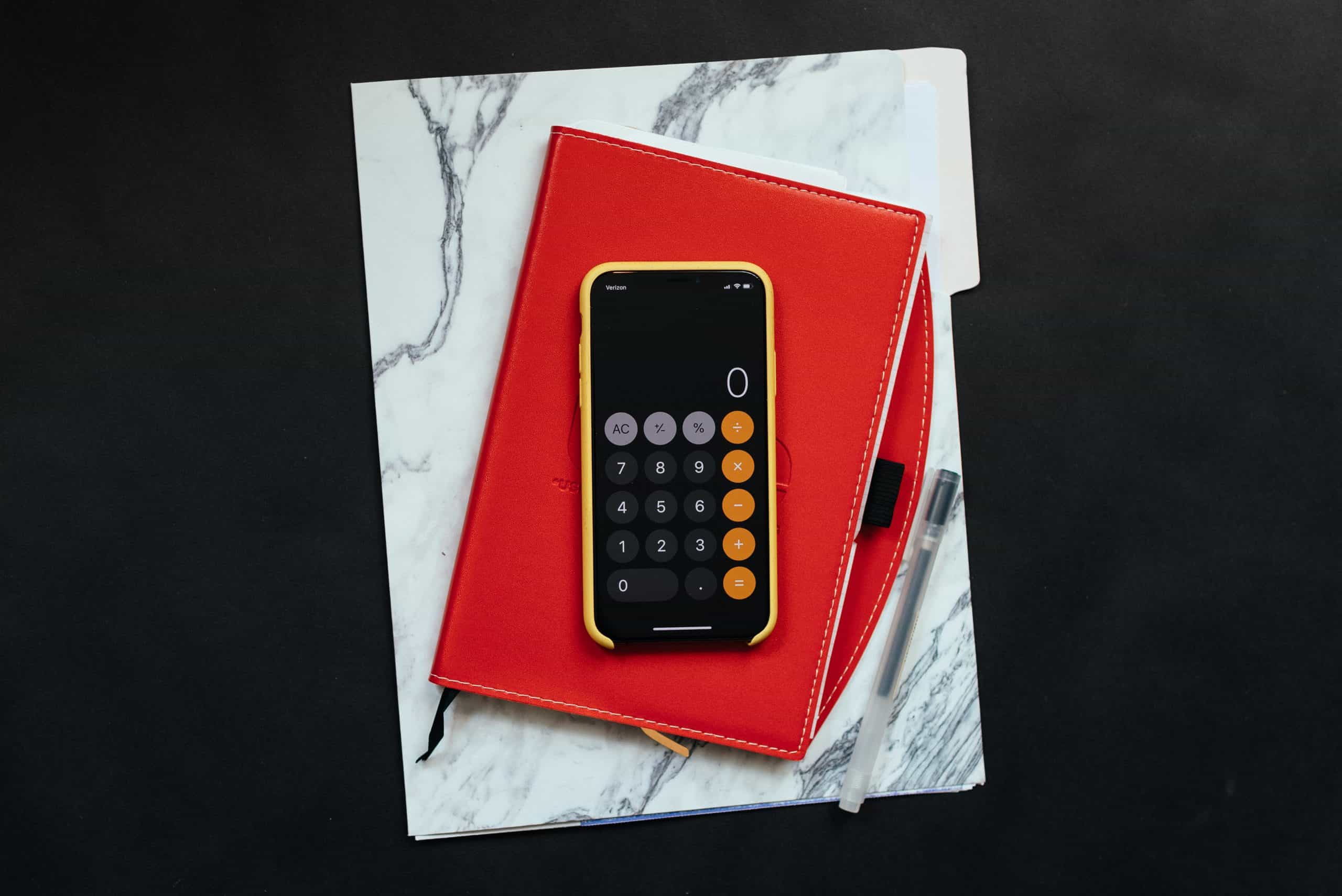The basics of tax
First Nations Foundation
- Money Lessons

What is tax?
Tax is money paid to the government, so that it can pay for services like healthcare, schools, roads, rail and social security.
Who pays tax and how do you pay?
Tax is collected from people who work, either through their employer (usually each time someone is paid) or paid to the Tax Office if they are self-employed.
People who earn income from other sources – such as property or shares – also have to pay tax, depending on how much they earn from their investments.
How much tax do you pay?
How much tax each person pays depends on how much they earn. Generally, the more someone earns, the more tax they are required to pay.
For example, there is no tax paid on the first $18,200 a year a person earns. That means anyone who earns less than that doesn’t have to pay tax.
When someone earns more than $18,200, they start to pay tax.
Case study: How much tax Mary pays
Mary has just got a new job in an office and is earning $44,000 a year.
Tax is taken out of her fortnightly pay and sent directly to the Australian Tax Office.
Mary does not have to pay tax on her first $18,200, but she does have to pay tax on the additional $25,800 she earns above that amount each year.
She pays tax at a rate of 19c for every dollar for that $25,800.
At the end of the year, she has paid $4902 in tax and has kept $39,098.
However, Mary also has some work-related costs that she has purchased throughout the year and does not need to pay tax on. These include stationary and work-related phone calls.
At the end of the financial year (June 30), Mary reports these costs to the Australian Tax Office. The Tax Office then gives Mary a refund of $350.
The Australian Tax Office releases how much tax income earners have to pay each year, depending on how much they earn. The rates for the next year can be found here.
What is a tax file number and how do you get one?
A Tax File Number (TFN) is a number given to working-age people to help keep a record of their taxes and superannuation.
People who have a job or are about to get a job will need a Tax File Number within 28 days of beginning work. People who don’t have a Tax File Number may pay more tax than they need to.
There are a few steps to getting a Tax File Number:
- Fill out an online application
- Print off the completed application form summary
- Make an appointment at an Australian Post Office or Services Australia within 30 days to finish the process.
- Before the appointment, you will need to collect THREE Proof of Identity documents. These may include a Passport and/or Birth Certificate (original copy), as well as a Driver’s Licence and Medicare card. The full list can be viewed here.
- Your Tax File Number will be sent to you.
What is a tax return?
A tax return is a form sent to the Tax Office at the end of each financial year to let the government know how much tax you have paid.
In some cases, you may have paid too much tax for your income and you will receive a refund.
In other cases, you may not have paid enough tax for your income and will have to pay more.
The ATO has more information on how to lodge a tax return here.
If you need help lodging a tax return, you can call the ATO’s free Tax Help service on 13 11 42.
This article is not personal financial or tax advice.
Let us know if you liked this article
Let us know if you liked this article




